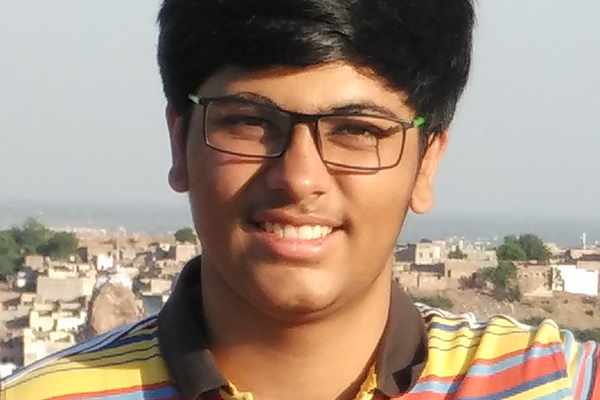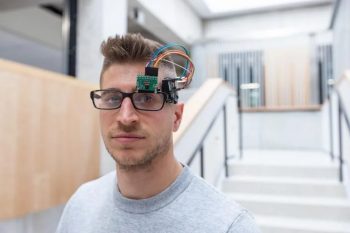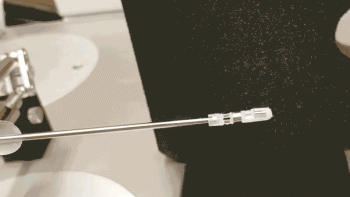It all started with a tiny red and black Formula 1 car, no larger than a brick — the first prototype Pranshu Malik ever designed.
At age 13, he and four classmates from Delhi Public School RK Puram in India entered their first design competition. The challenge — to design and build a prototype car from scratch — forced Malik learn totally new skills extremely quickly. By the end of the four-month project, he had taught himself to use the 3D modelling software SolidWorks, and sparked a love of engineering design that would drive him to join his school’s elite computer, robotics and aerospace clubs.
“We had to pick up these skills fast, we were learning from YouTube,” says Malik of that first project. “We would click on a random button and observe the results, and when we got it right, we were happy!”
Their car won the competition, and Malik went on to compete at local, national and international design challenges, competitions and fairs, sometimes collaborating with top students from countries across Asia.
Malik’s introduction to robotics came in a package beloved by children around the world: a box of Lego. When he discovered the Lego kits that included gears and motors, he was hooked. “It was something that I knew well, but when you added motors it become something completely different,” he says. “I loved that got to explore from the very beginning.”

He traces his love of exploration back to the Bhagavad Gita classes he has taken since childhood at the local International Society for Krishna Consciousness temple. “We listened to stories, watched movies, recited verses from the Bhagavad Gita and participated in skits,” he says. “The excitement of experiencing something new drove me.”
Recently Malik has gained an interest in research, having worked for the past year on an open-ended project to reduce traffic tangles and vehicle emissions in his home town of New Delhi. His team’s solution, called Traffic and Emission Control System, or TRAECY, is multifaceted, and considers both engineering ingenuity and human factors. TRAECY includes an incentive-based system to encourage drivers to remain within set emissions parameters, and an algorithm that controls traffic light timing, as well as a route-optimizing algorithm that updates drivers to navigate to areas of the city with lower traffic and pollution levels in real time.
This fall Malik will be joining U of T Engineering in electrical engineering, where he has earned an International Scholar Award worth full international tuition for all four years of the program. He had received offers of admission from schools in the U.S., U.K., and across Canada, but when it came time to choose, he knew what he wanted.
“I was looking at universities with strong engineering communities, a variety of excellent design teams, and world class research,” he says. He’d visited Toronto before and “really liked the city.”
As he wraps up his final year of high school, Malik is ready for his next challenge: designing his own future.




